The Ultimate Guide to Buying a Tent
Whether you are a camping novice or a wilderness expert, a tent is one of the most important items on your packing list. Buying a tent for your upcoming camping trips can be a daunting task – with so many different styles and sizes to choose from, where do you start?
This is where we can help. We have compiled an ultimate tent buying guide, taking into account the many different features available so you can find out how to choose a tent for your camping needs.
Remember, tents are an investment and buying without careful research could result in a camping disaster! Let’s start with one of the most frequently asked questions when you want to buy a tent.
1. What Size Tent do I Need?
The first thing you need to know about tents:
Size is everything.
Whether you are backpacking light, going on a mass family camping holiday or anything in between, the size of your tent will have a huge impact on your overall trip.
Average tent sizes are usually measured in ‘men’ i.e. 2-man, 4-man, 12-man etc. As you might have guessed, this gives you an idea of how many people can fit in the tent. Now when I say fit, I actually mean squeeze… if you can remember one thing about tent sizes it’s this:
Ignore the ‘man’ theory.
Here’s why – whilst a 2-man tent will theoretically fit 2 people, it’s going to be a tight and uncomfortable squeeze once you factor in all the gear you’ll have to wedge in. Always consider upgrading one or two sizes for that extra bit of space. A 4-man tent would be a much better option in this case, providing enough space for backpacks, storage and sleeping areas (no more elbows in the face or flailing limbs of the people sleeping next to you).
The only exception is for ultra-light backpackers where size is not their main consideration and they put weight before comfort. For a solo backpacker, a light and simple 2-man tent is usually first choice however for some, a snug 1-man tent can be sufficient.
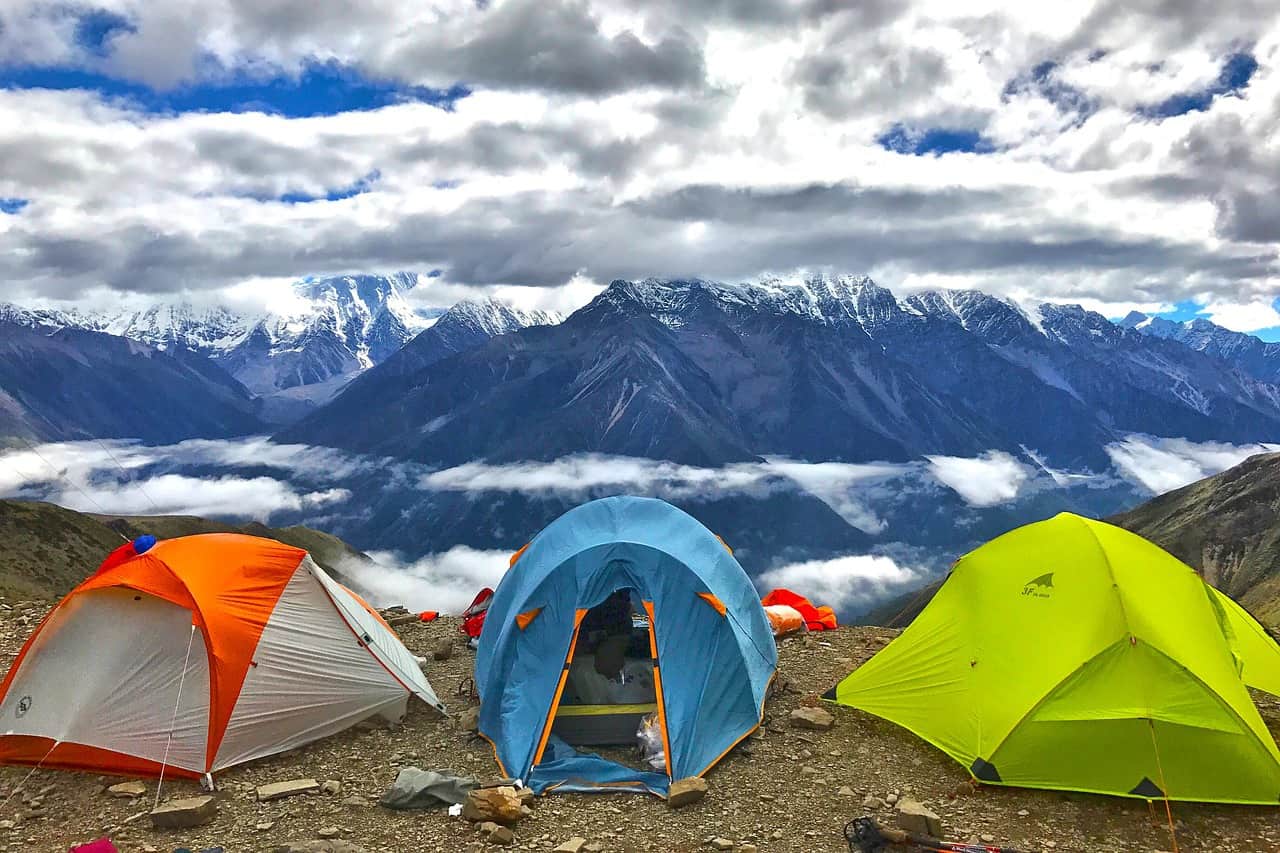
Family-Sized Tents
If your camping trip mainly consists of driving to a campsite and unloading the car, you can opt for a larger tent as weight won’t be a big issue. Many large tents have multi-room compartments which can act as separate bedrooms. This is great for families with children, or adults camping with friends as there is more privacy and personal space.
Remember your tent is the equivalent to your home when camping. If there is a chance of bad weather, going large could be a bonus especially if children (or adults) are confined to the tent. More room means more space to do indoor activities without people falling over one another.
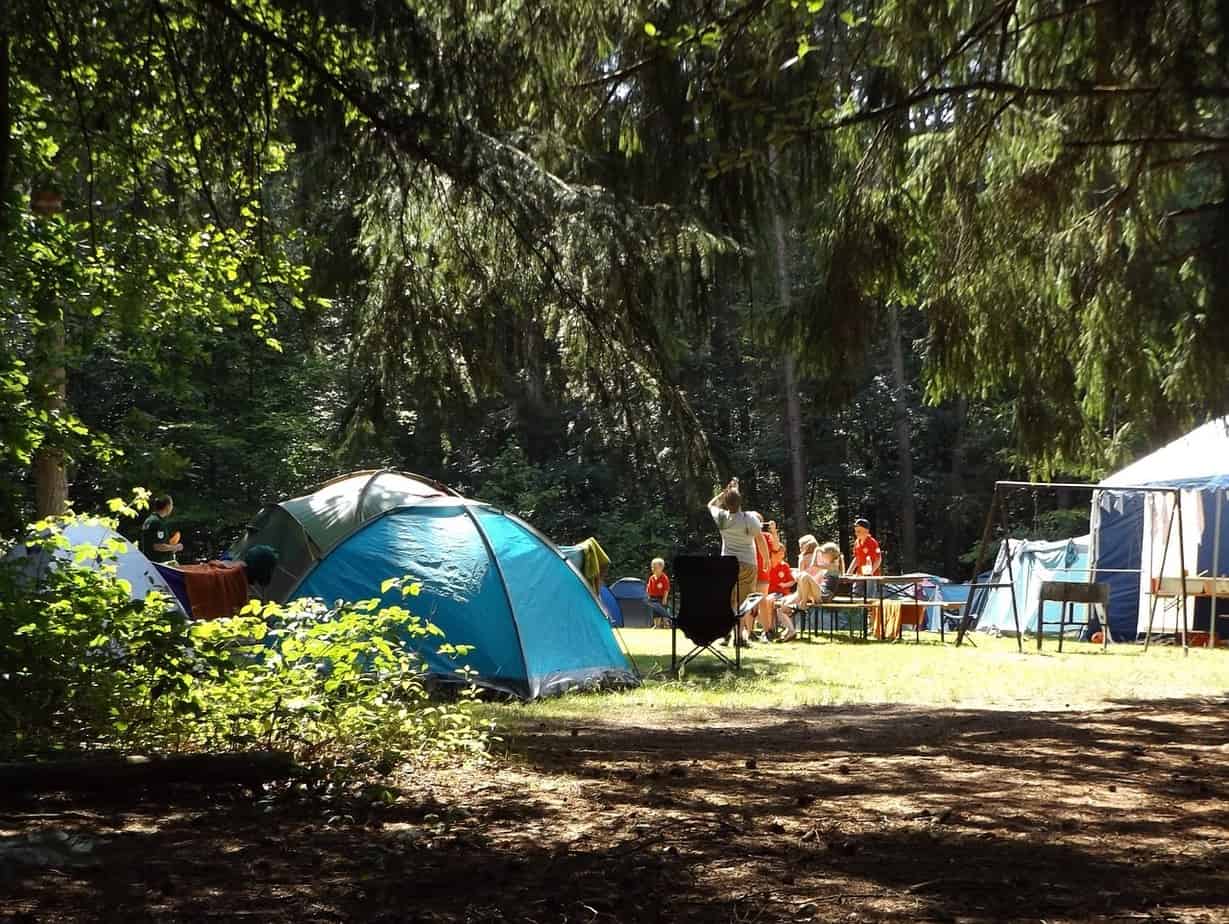
Extra Things to Consider
When choosing your tent size, it’s important to remember the following:
- Personal requirements – if you have a tall camper in your group, you may need to consider tents with more length and height to accommodate them.
- If you are going to locations prone to rainfall, consider buying a tent with a vestibule to stow wet gear and muddy shoes.
- If you decide to go supersize (10+ capacity) bear in mind that you may encounter problems with set-up as you will have to find a flat space large enough to pitch your tent/mansion.
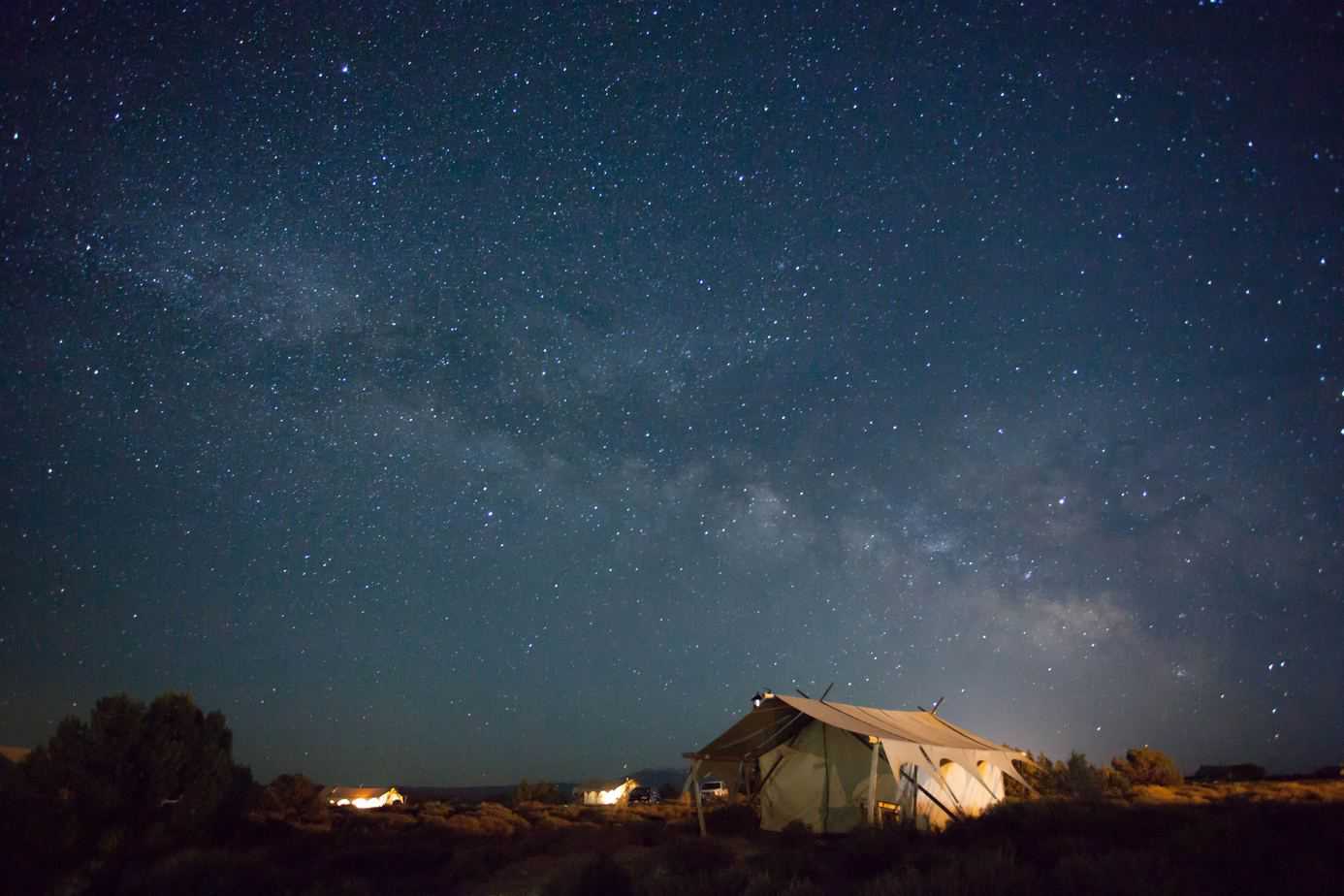
2. How Important is Weight when Choosing a Tent?
Depending on the type of camping, weight is usually considered one of the most important factors. The main way to determine how important weight is to your trip is to work out how much distance you will be covering. This could be a short walk from your car to the campsite or a 6-hour trek from your previous location.
There are two advertised weights for tents that you should be aware of when researching different models:
- Trail weight – this covers the essential pieces of kit, usually taking into account tent body, poles and rainfly only. This is the lightest weight and a good benchmark for campers only intending to carry the bare minimum.
- Packaged weight – this includes all the gear you get with your tent purchase: tent body, rainfly, poles, stuff sack, pole sack, stakes, packaging, instructions etc. This is the heaviest weight and is an accurate guide to how heavy your tent will be if you carry it in its complete packaging.
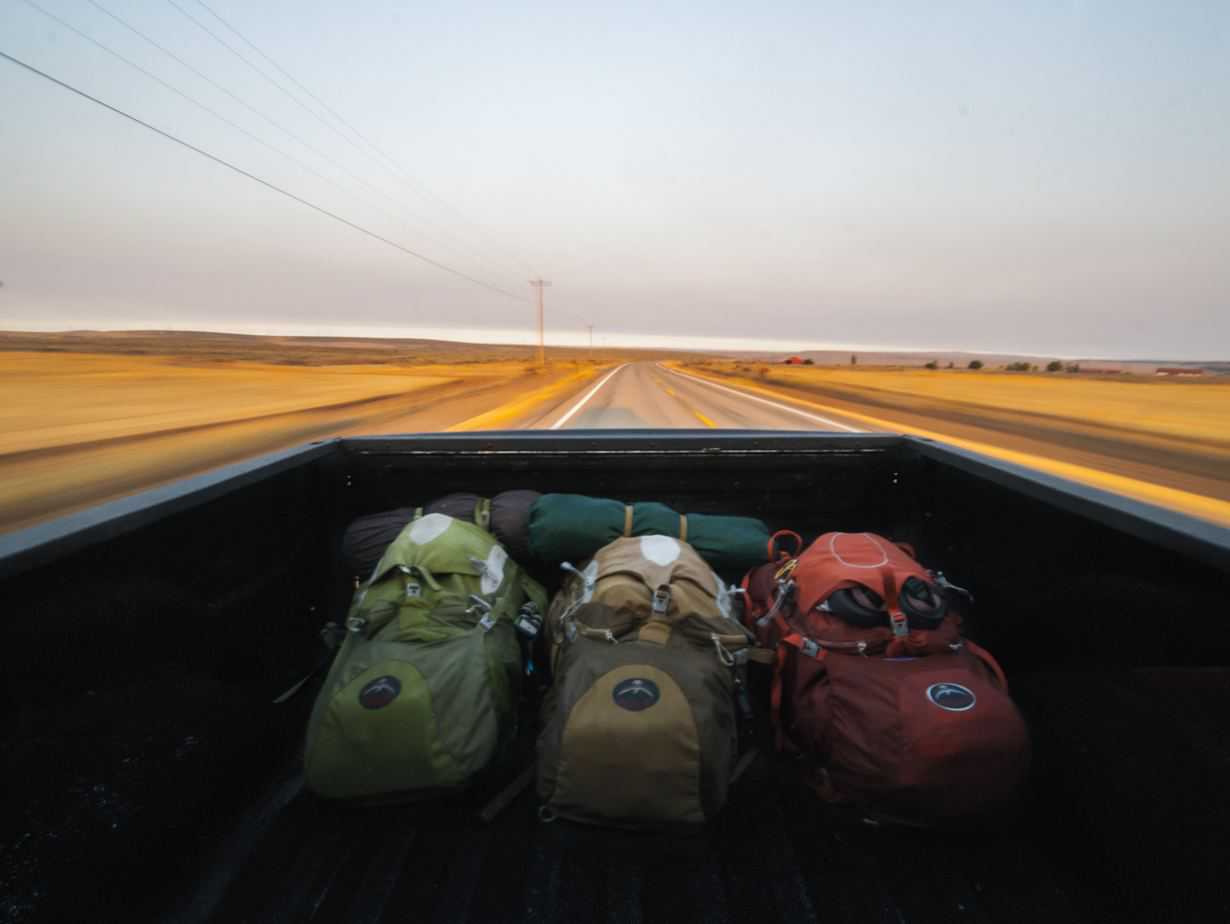
For Backpackers/Hikers
It’s really important to keep your weight down if you are backpacking and choosing the right tent is a great way to lighten your load. With regards to the above, it’s likely that the gear you carry will be closer to the trail weight, as you will be focusing on only packing the bare essentials. As your tent is one of the heaviest items you will carry, reducing a few pounds makes a big difference.
There are many lightweight tents on the market that weigh less than 3lbs and are still weather proof, spacious and strong. To give you a general idea, your tent should weigh around 2.5lbs per person.
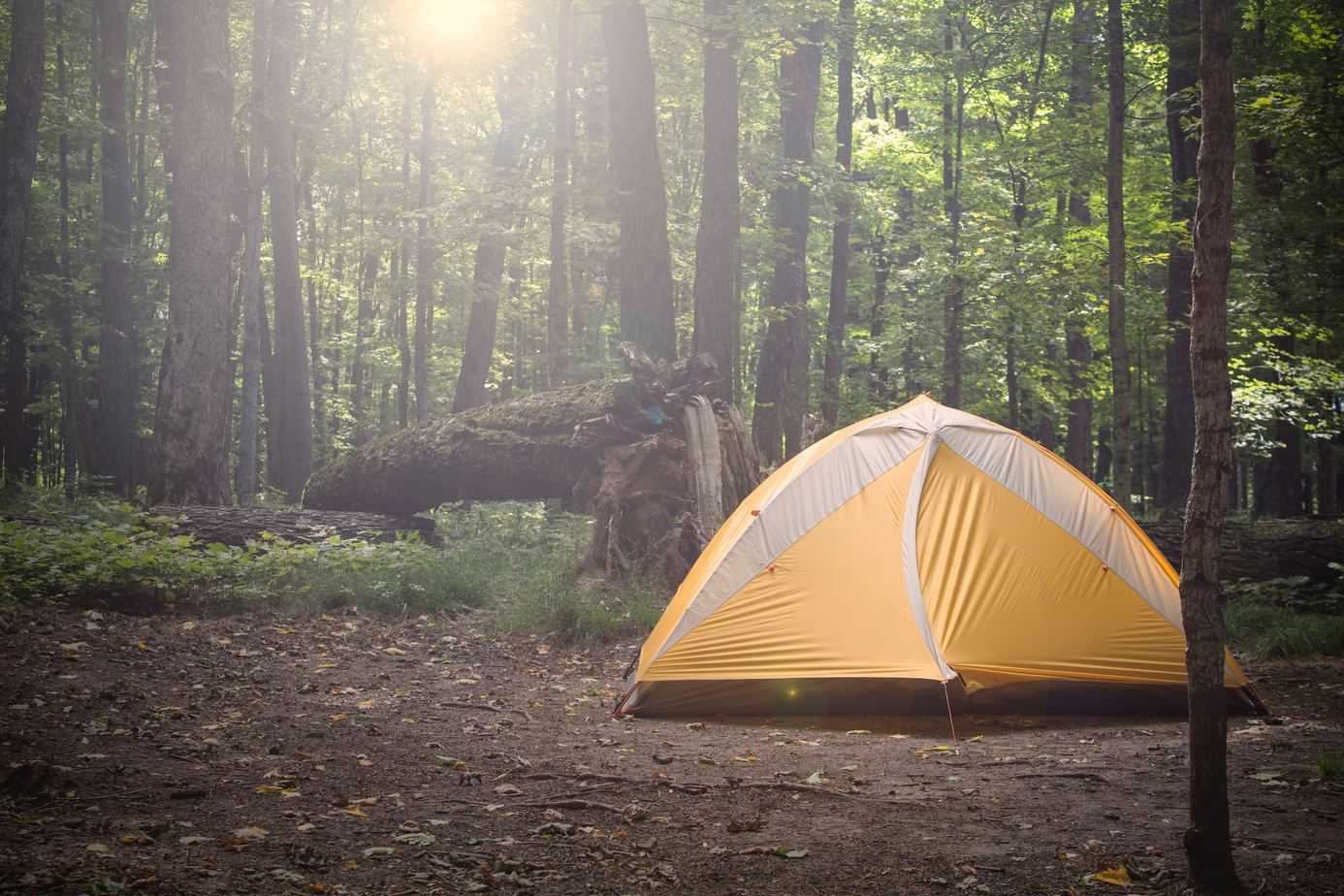
Top tip – If you are backpacking in a group, you can still consider a heavier, more robust tent as you can split the gear between each other, dividing the weight.
If you want an even lighter option, you can invest in an ultralight tent that weighs as little as 1lb per person. These shelters are designed to be as light as possible which can compromise on space and durability, yet are still a comfortable, liveable option. They tend to be 3-season, made from light materials and are usually a fast pitch. You may find they have fewer features such as less zippers, one door and a smaller interior but this saves on overall weight.
For ultra ultralight campers, a bivouac or bivy sack is one of the lightest options available. It is an outer shell for your sleeping bag providing protection from the weather but isn’t the most comfortable option. Their narrow design can also be claustrophobic but if your are conscious about weight, they are worth looking into.
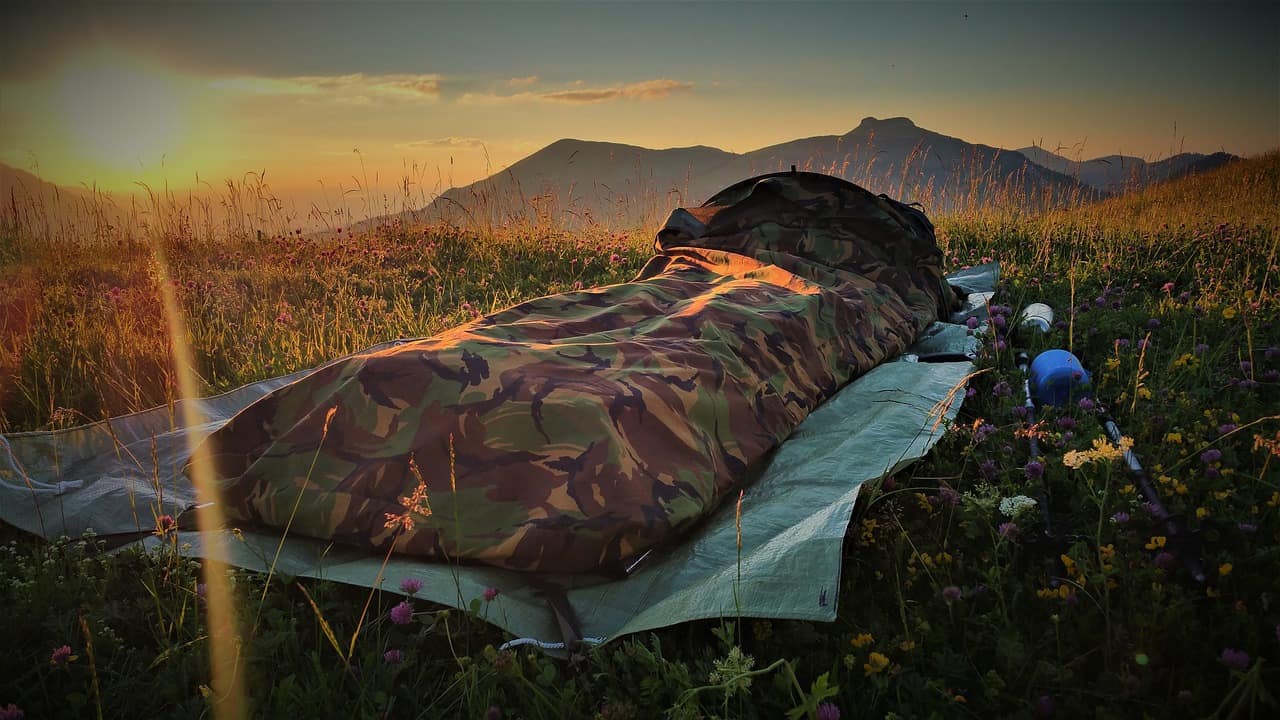
For Family/Car Camping
If you won’t be walking long distances to your campsite, the weight of your tent will not be a big issue. This is good for family camping as it allows you to be more flexible with choices.
Some large tents are purposefully designed for car camping and tend to be lower priced but are heavier in packaged weight. This is because they don’t use the costly materials favored by lightweight backpackers.
If you do opt for one of these heavier tents, just make sure you are able to transport it to the campsite by testing out the weight of carrying it prior to your trip.
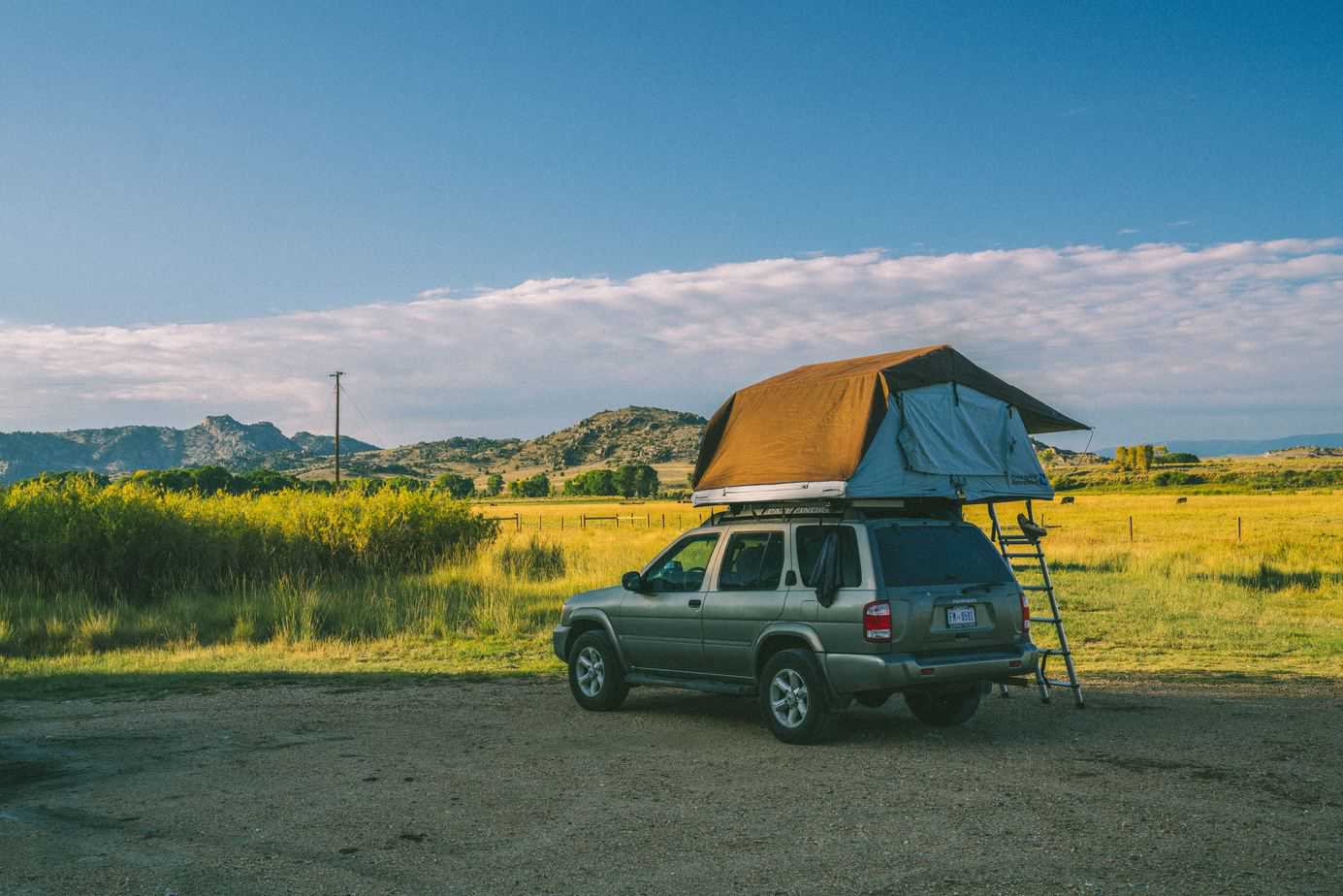
3. What ‘Season’ Tent Should I Buy?
The seasonality of your tent is a good indication of how durable it will be, helping you choose the right tent for your anticipated weather conditions. There are 3 main categories:
1-Season
If you only camp during the warm summer months, a 1-season tent is your best choice due to its breathability and ventilation. They can generally cope with light showers and mild wind but nothing heavier. With little flexibility for any season other than summer, 1-season tents are recommended for just fair weather camping.
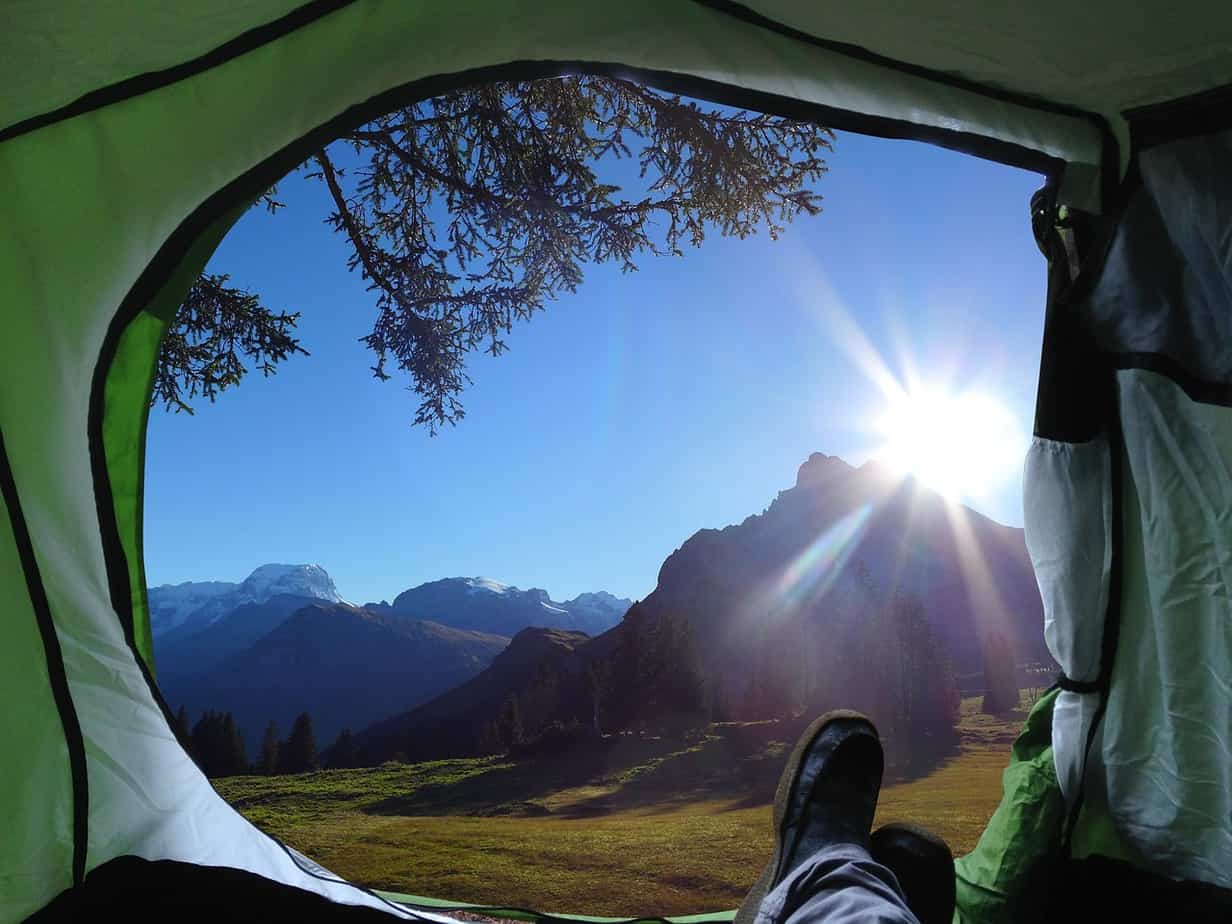
3-Season
Made from a stronger material, 3-season tents are suitable for most climates within the three main camping seasons – spring, summer and fall. They are the most popular choice among both backpackers and car campers as they can withstand stronger wind, downpours and even light snowfall. They provide better insulation than 1-seasons whilst still being well-ventilated.
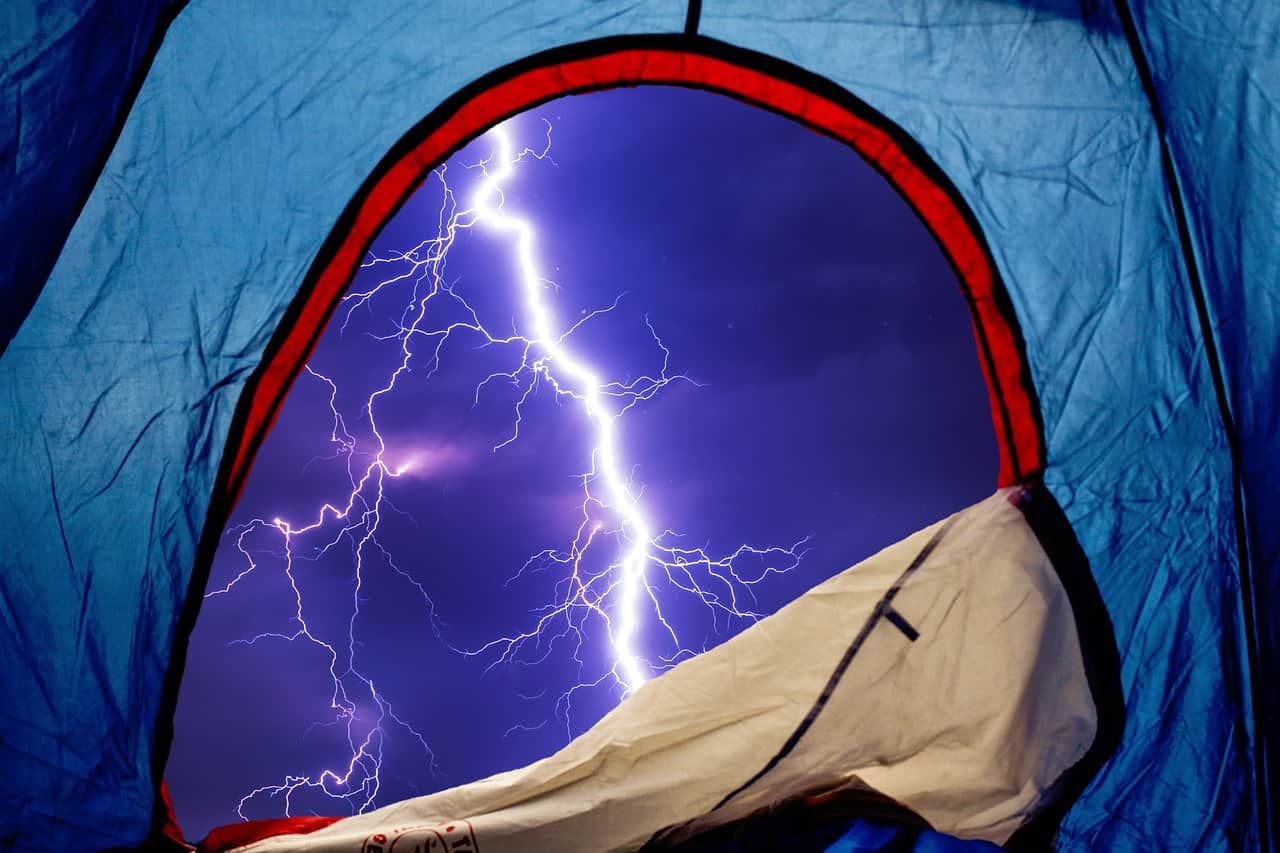
4-Season
Although the name suggests differently, 4-season tents are actually best for one season – winter. Though they can be used all year round, they are designed for cold climates, severe winds, and deep snow. For this reason, they are not advisable in warm conditions due to extra insulation and less ventilation. They tend to be heavier than other seasons due to the strong fabric used for the tent body and more poles. This can also make them a pricier option than other seasons. However, if you are an avid winter camper, this tent is the one for you.
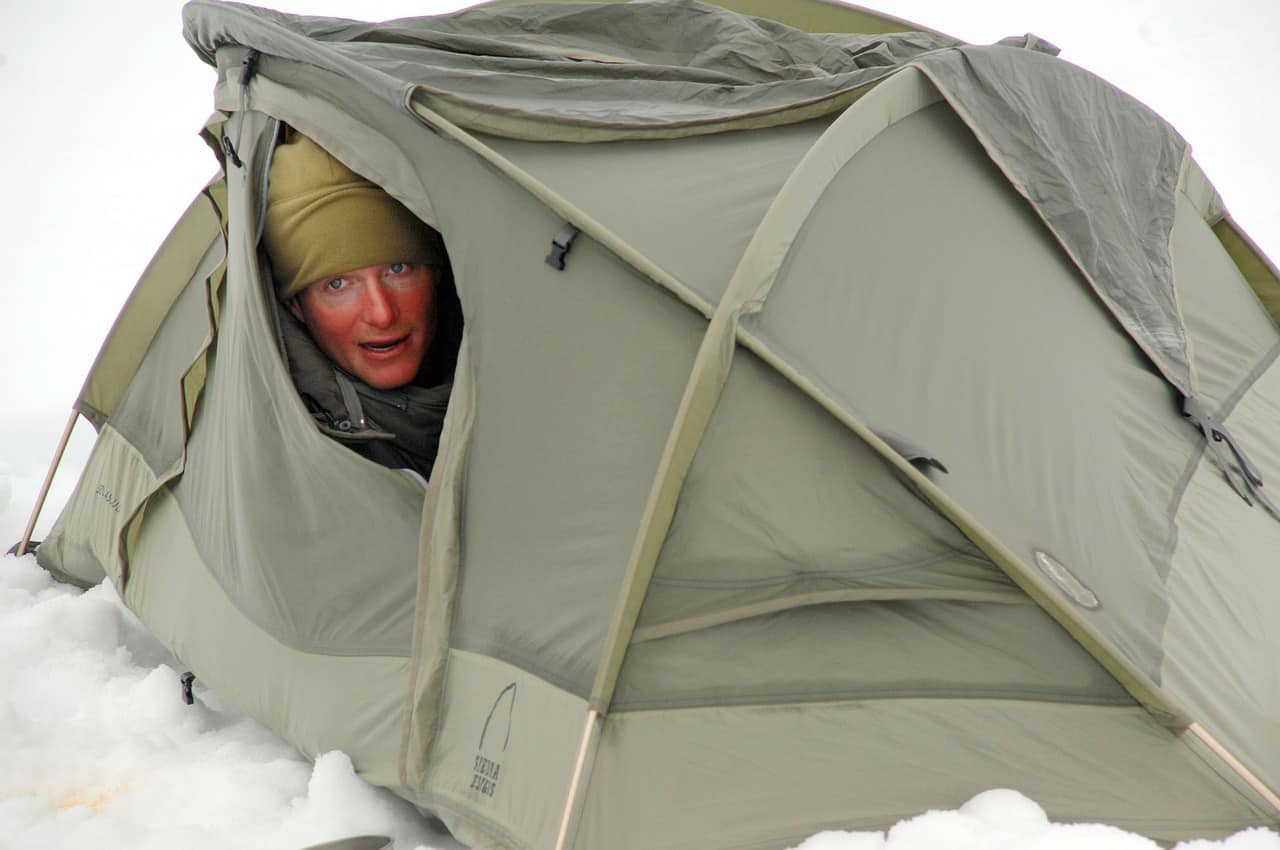
4. What Material Should I Consider When Buying a Tent?
Tent materials vary and may be overlooked by campers as unimportant. However, the fabric can determine which tent is best suited to you, as it affects insulation, water-resistance and breathability. The most common tent fabrics are:
Nylon
There are two main advantages of nylon: It is a lightweight, breathable material and it repels water when covered in a waterproof coating such as polyurethane. It is a reasonably priced option and with the right care and waterproofing is a top choice for backpackers. One disadvantage is that over time, the waterproof coating will wear off and the tent will start to get saturated if caught in heavy rain.
Polyester
With similarities to nylon, polyester is resistant to water and breathable but proves to be a lot more durable than its counterpart. Another feature is that polyester can withstand sunlight more than nylon, where sun rays can cause fading and deterioration to nylon tents over time.
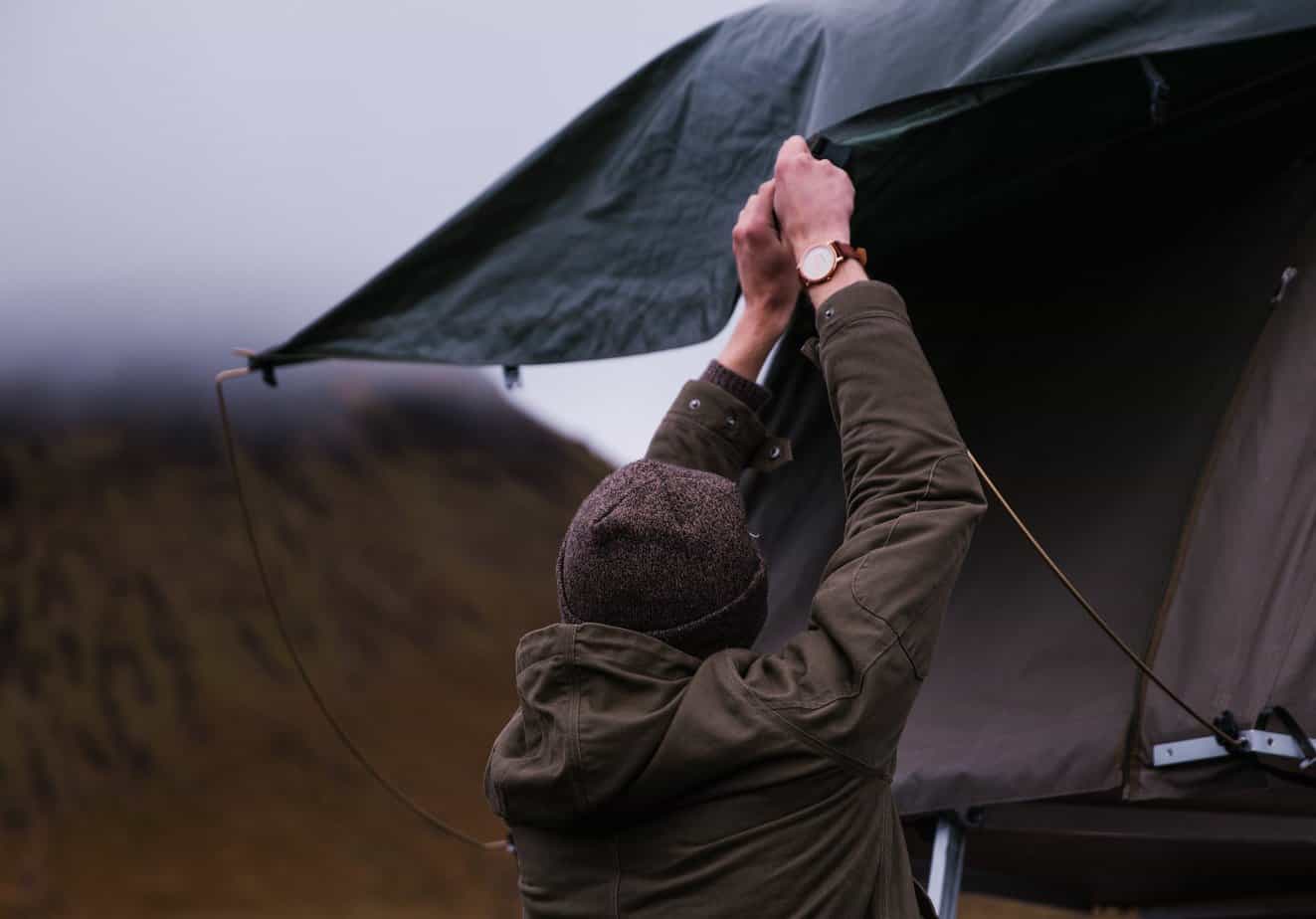
Canvas / Cotton
The traditional material used for tents is still an option for those where weight is not an issue. Canvas is highly durable with excellent breathability, keeping tents cool in summer and warm in colder weather. Weight is definitely their main disadvantage, even more so once the rain hits, making them bulky and heavier.
Canvas tents are waterproof but should only be considered by car campers as opposed to backpackers.
GORE-Tex
For a 3-4 season camper, GORE-Tex is a great option, thanks to its insulating properties and breathability. It is ideal for winter camping and is also highly water-resistant. The downfall is it is usually a pricier option.
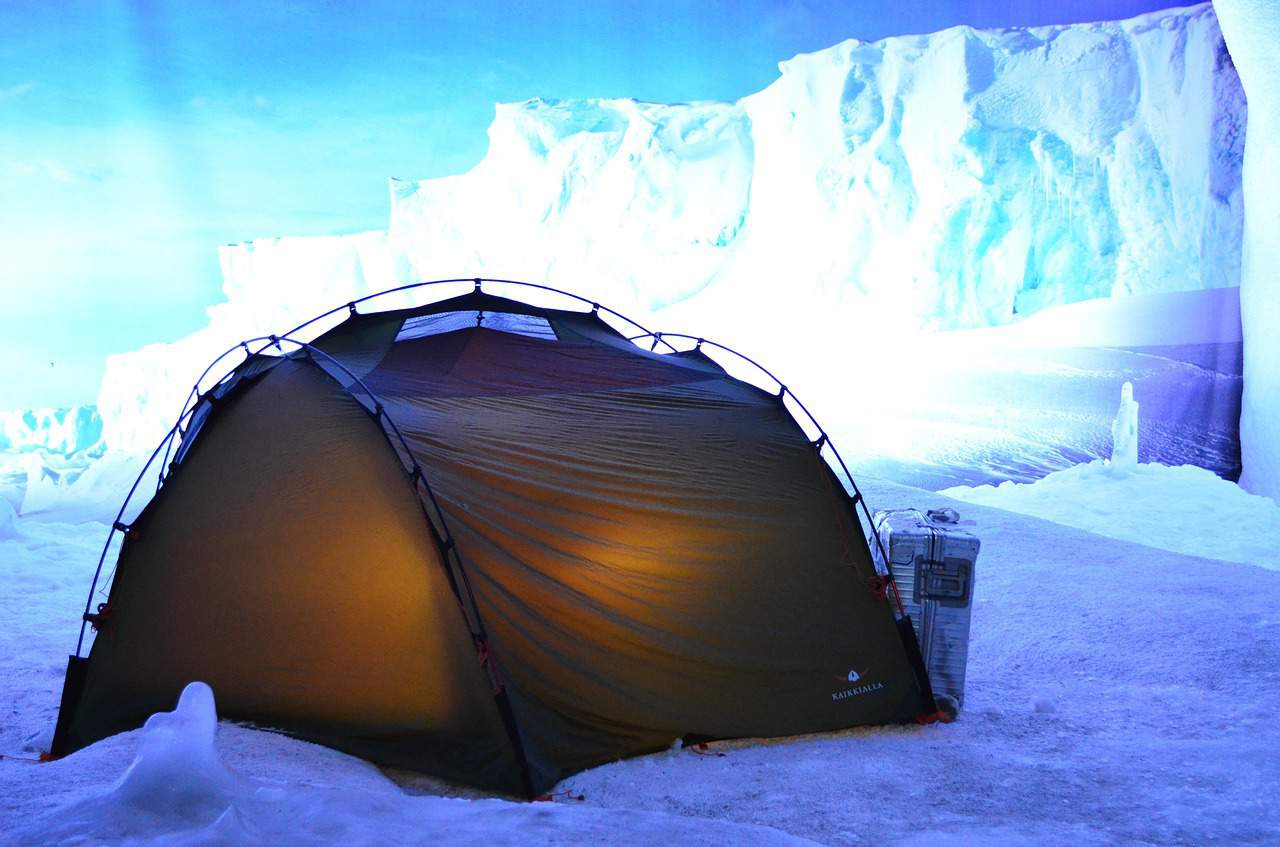
Tent poles
Tent poles also come in different materials, affecting the strength and structure of a tent. The varying materials can also have an impact on the overall trail weight. The three main pole materials are:
- Aluminium Alloy – This material is common in the market. It is low-weight, flexible and robust. But make sure to choose poles made with aircraft-grade in the 7-series. This type of pole bends when it starts failing.
- Carbon Fiber – Available with a hefty price tag, they are usually the pole of choice for high-end tent models and long-distance hikers where light weight is paramount. Poles made with carbon fiber stand strong against forces parallel to the lay of the fibers (top to bottom) and not across the fibers (side to side). When this type of pole fails, it will break and create splinters.
- Fiberglass – Some cheaper tents will have fiberglass poles however this material is being used less and less as it is heavy and can break easily. If you choose to replace them, it is recommended that you get aluminium alloy poles.
5. What About Price Ranges?
Price is another very important factor to consider when you want to choose a tent. Here are a few tips when it comes to tent prices:
- High quality tents are expensive but durable. You should definitely consider investing in one if you are a seasoned camper. Chances are it will last a lot longer than a cheap tent and provide better protection from bad weather.
- Consider the conditions you will be camping in. For more extreme conditions, your tent is your saviour and you shouldn’t skimp on price. If it can’t keep the weather out, chances are you will have a wet, miserable trip.
- Be sure to shop around and read reviews. For an expensive bit of equipment, it’s important to find the right one for you. Also keep an eye on sales as tents can have big discounts at certain times of the year.

Backpacking tents
For backpackers, tents come in a range of prices. Take into account how often you backpack and consider investing in a higher quality tent if you know you will get your use out of it. 2-man backpacking tents typically range from the low to mid hundreds to give you an idea of price variation.
Take a look at our backpacking tent reviews for a detailed look at a range of tents in this market.
Low cost tents
If you rarely camp and are looking for a cheap tent, pop-ups and dome tents are usually the most affordable option. Many can be found for under $100 and you can even find them in your local Walmart. However, you shouldn’t expect too much life expectancy from these tents unless you only camping now and again in good weather.
Family tents
Depending on size and quality, family tents can be bought cheap at discount stores or you can pay more for a durable, higher quality tent. Prices generally range from the low to mid hundreds. Check out our family tent reviews here at TakeOutdoors for pros, cons and key features of family tents we have tried and tested.
3-4 season tents
At the higher end of the price scale, 3 and 4 season tents can range anywhere between mid-hundreds to mid-thousands. The main thing to remember with these tents is that you are paying for quality and they will protect you for years to come. If you are a serious 3-season or winter camper, you can’t afford to hold back from buying a tent that is durable and hard-wearing.
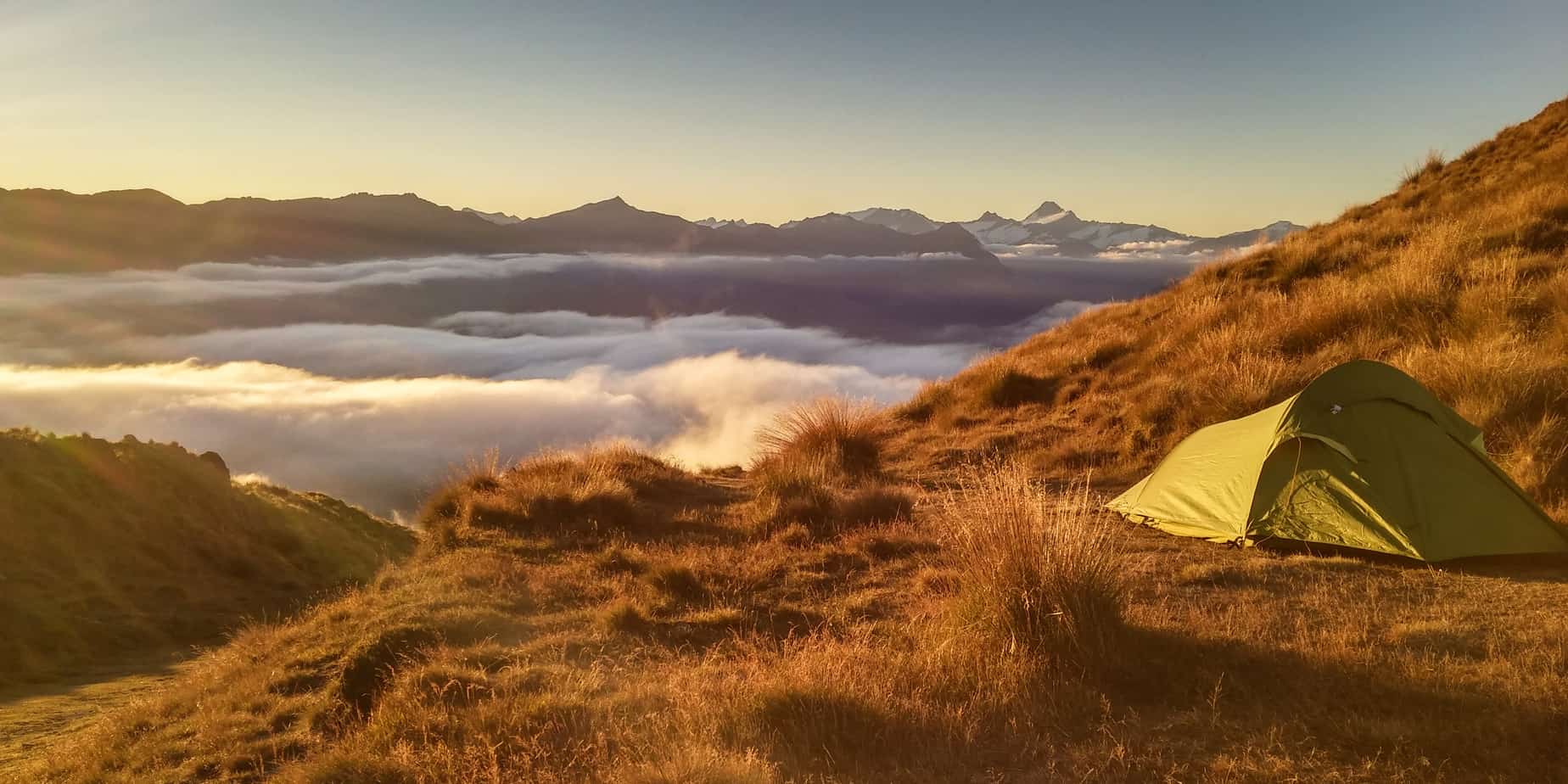
Top tip when tent shopping – Don’t rely solely on online reviews. If possible, head down to an outdoor adventure retailer and physically test out the tents for yourself. Try Home Depot/Dick’s Sporting/Bass Pro Shop/Coleman plus other outdoor retailers. This will give you a good feel for the tent and allow you to review comfort and size. You can then compare online prices and save money by purchasing the cheapest option.
6. What Else do I Need to Consider When Choosing a Tent?
Although we’ve covered the basics, there are still plenty of other tent features to look at before you make your final decision. Let’s take a closer look at some:
Assembly
Make sure you choose a tent that you will be confident putting up (in any weather)! The last thing you want is to spend hours trying to work out which pole goes where.
Freestanding tents are a quick-to-pitch option, with a fixed pole system that makes it easy to setup virtually anywhere. In comparison, non-freestanding tents often need guy lines, stakes and trekking poles, which can save weight but adds time to pitching.
If you are tent shopping in-store, see if one of the assistant’s will demonstrate the setup so you can see how long it takes and the difficultly. You can then do a practise run at home before you get to the campsite. Ideally you want to leave the instructions at home or risk the wind whipping them out of your hand leaving you with a semi-constructed shelter.
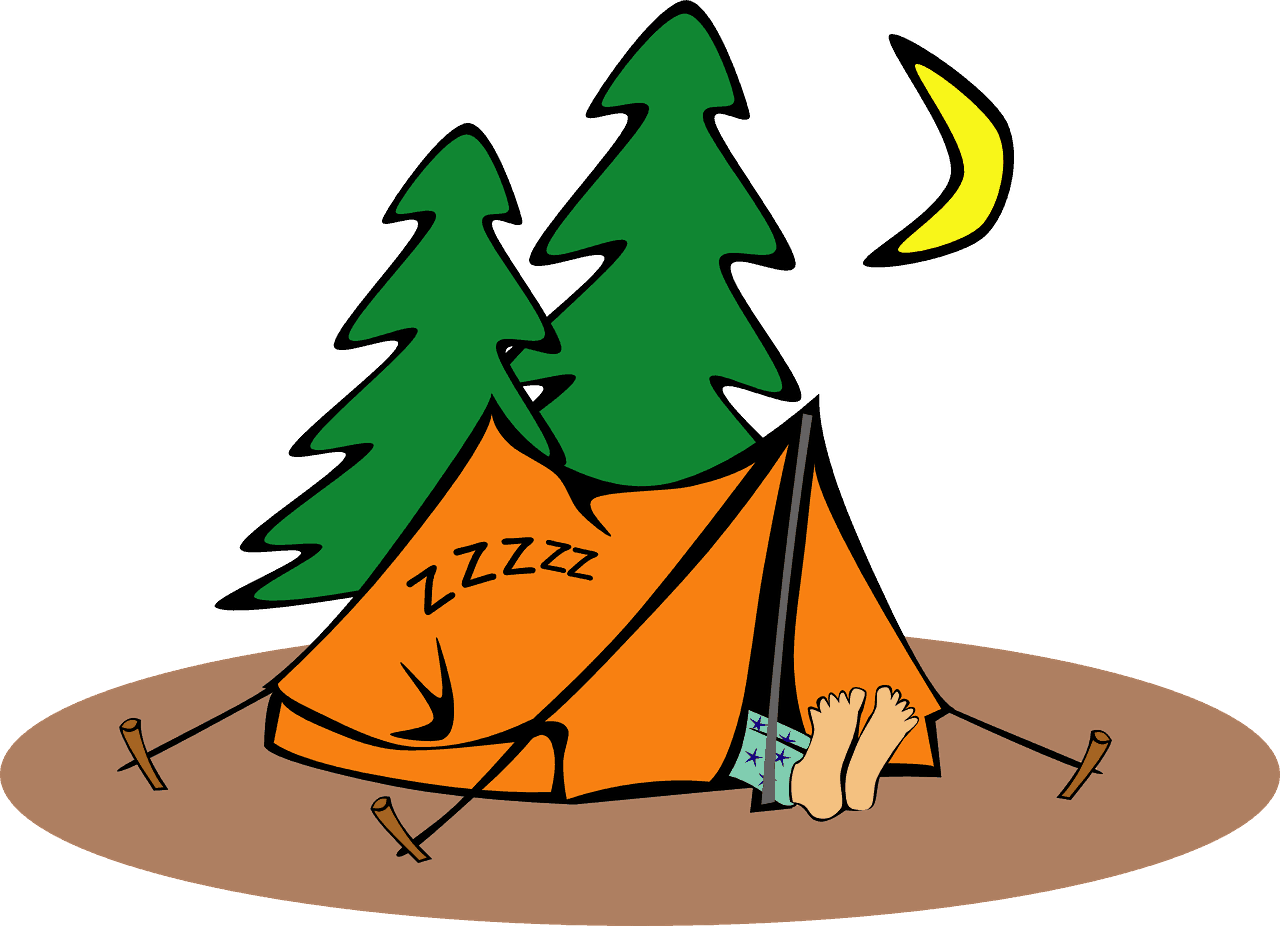
Ventilation
Unless your tent is made from a highly breathable material, ventilation is essential, for both hot and cold climates. A well-ventilated tent prevents condensation build-up caused by exhaling and sweating. Without it, there is a high chance of waking up in a soggy tent.
Look for vents that can be closed should the weather turn bad. This is particularly important if you are going on an all-weather trip. Also make sure vents are placed in areas where air can still flow if the rainfly is on. Or consider a rainfly with vents attached.
Mesh also acts as a ventilator however be wary that this material is more susceptible to rips and tears.
Single or double walls
The ‘walls’ in this sense actually mean the tent body and rainfly. Together, they make up double walls and are the most versatile option. If the weather is dry and warm, you can ditch the rainfly, allowing for more ventilation and cooler air to pass through. In poor weather, the fly will repel rain and wind, protecting you as well as keeping your warm.
Double walls are the most common (and recommended) unless you are ultra-light and choose to pack only your fly, poles and footprint for a light and quick setup.
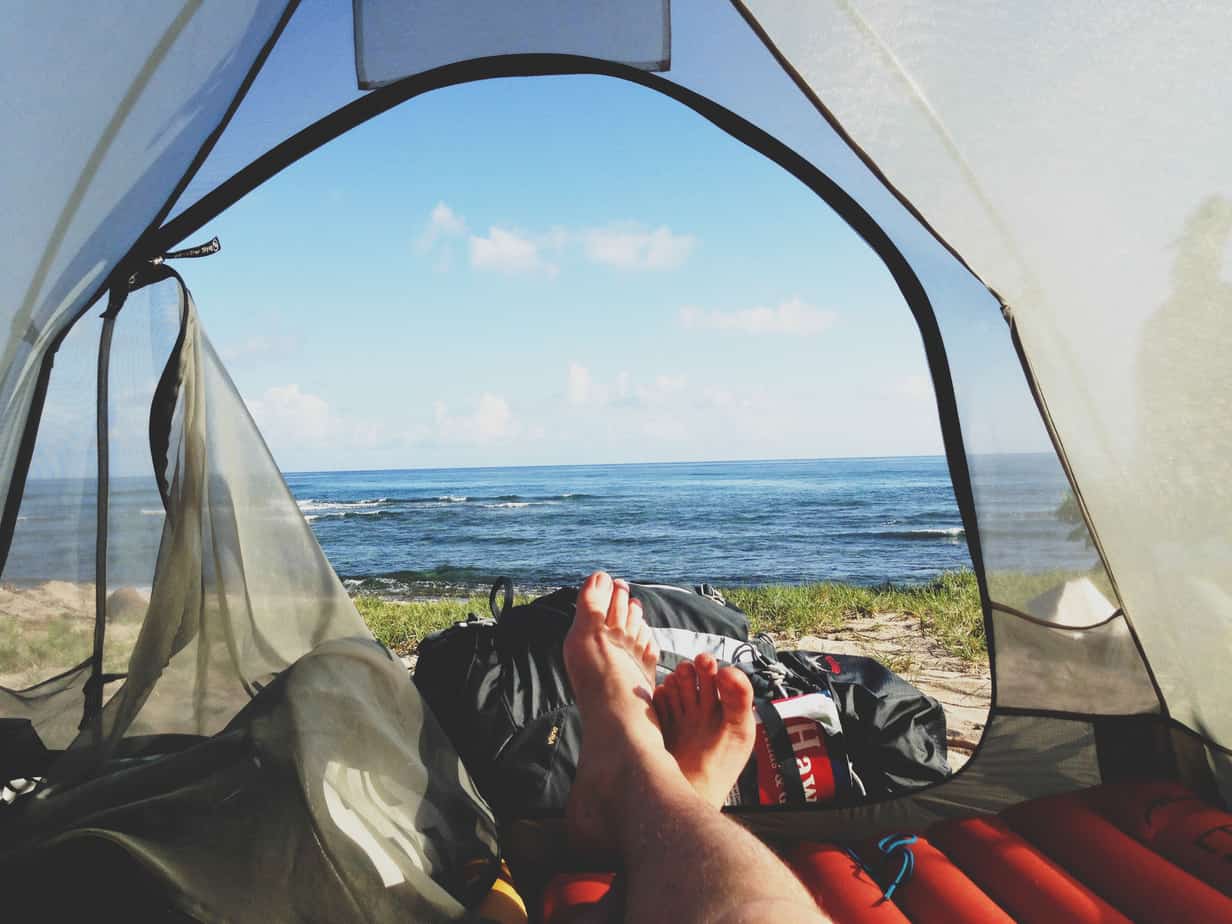
Footprint
If your tent floor is likely to receive heavy foot traffic, it is worth getting a strong footprint to protect the floor from routine damage. They are often sold separately to tents but are particularly worthwhile for family camping.
Another benefit of footprints is they act as a barrier between you and the ground, preventing water from leaking through. They are not generally used by backpackers due to their added weight but are good for recreational campers who want to extend their tent life.
Most double-walled tents have what is called a bathtub floor which can eliminate the need for a footprint. They are designed to extend a few inches up the sides of the tent to stop any ground water seeping through the walls.
Number of doors
Tents that have more than one door are convenient when there is more than one person sharing a tent, as it makes it easier to enter and exit without having to climb over other people. The downside is it adds weight and cost so for backpackers, one door is usually enough. For family campers, the more doors the better especially if you have a number of people coming in and out all the time.
Vestibule
A vestibule is an extension of your fly, providing extra storage space for muddy shoes, wet clothes or anything else you don’t want clogging up your interior space. It is ideal for tents housing multiple people or for those with a lot of gear.
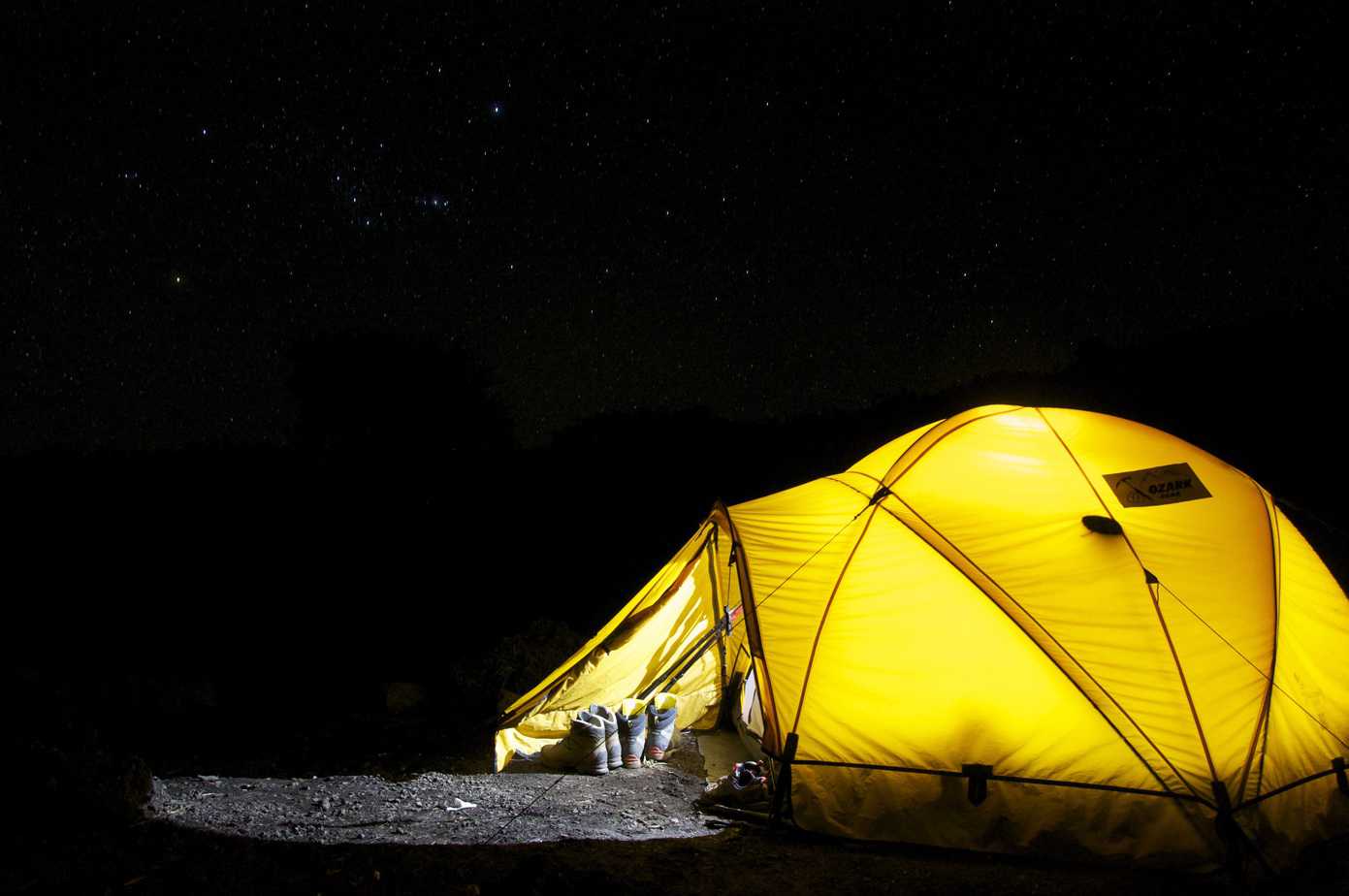
Interior storage
Pockets located in the body of your tent can be a really useful place to store convenient items such as headlamps, gloves, keys and lip balm. For backpacking tents, internal storage is limited to keep weight as low as possible.
Guy lines
Depending on your space and weight limit, guy lines are good to keep handy in case of bad weather. They can be attached to rainfly’s and provide tension to the structure which is beneficial in storms or strong winds. It is good to buy reflective guy lines so they are visible to other campers, avoiding the awkward trip I’m sure most campers have experienced at some point.
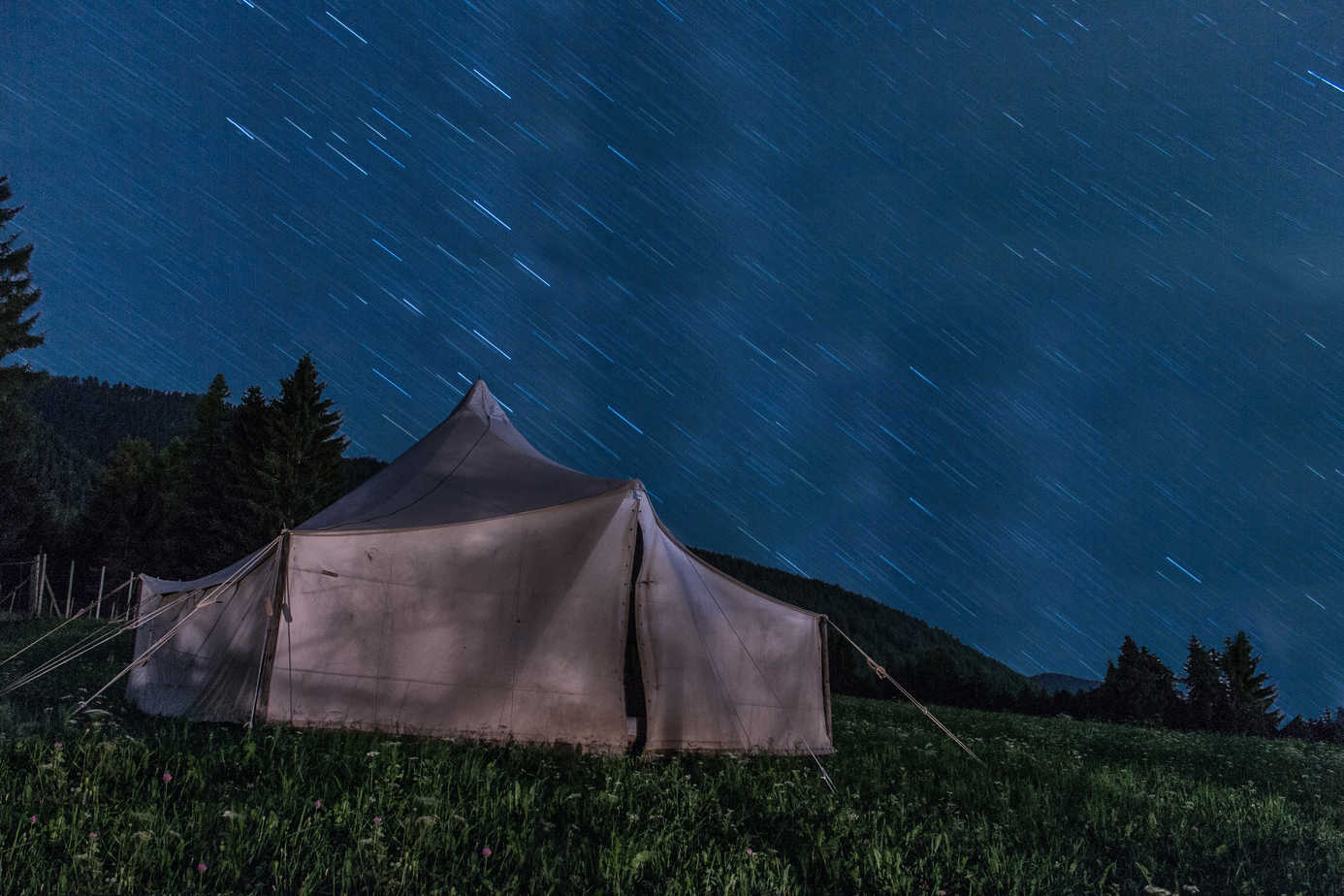
7. Glossary of Tent Terms
Here is a quick breakdown of some common tent terms:
- Fly (or rainfly) – the outer, floorless layer pitched above your tent to prevent rain from getting inside the inner tent. It can also protect against wind.
- Stakes – pegs that are attached to the tent and guy lines, then pressed into the ground to secure the structure.
- Stuff/pole sack – the bags used to pack your sleeping bag and poles into for easy transportation and organisation.
- Footprint – similar to a groundsheet, a footprint protects the floor of your tent, extending its lifespan. It also prevents any ground moisture from entering your tent.
- Vestibule – an awning located outside of your tent providing storage for outdoor gear, such as wet boots and backpacks. It allows you to free up more interior space.
- Guy lines – strong ropes attached to the rainfly to provide tension and stability during strong winds.
- Bivouac (or bivy) – a small, lightweight shelter with the primary purpose of keeping the sleeping bag dry. It is sometimes used by ultra-light backpackers and mountaineers to keep weight to a minimum.

Conclusion
There are lots of features to consider when buying a tent but don’t let this discourage you. Make a list of the essential features you need in a tent and then extras that you would also like to look out for but aren’t absolute necessities. Remember that many extras can also be bought separately.
Research is key when purchasing tents, so take the time to shop around both online and in-store if you can. Test out the tents and make sure you’re comfortable with the setup and size before purchasing.
Now that you are fully equipped with this ultimate guide, it’s time to take our ultimate quiz to see which tent is right for you.
Hayley is from the UK and has a passion for the outdoors, taking regular hiking trips with her Australian fiancé. When she is not hiking, she is working as a freelance writer in Glasgow or travelling the highlands in Neil, her campervan.






